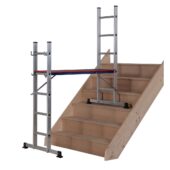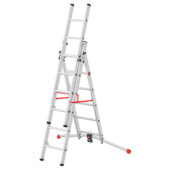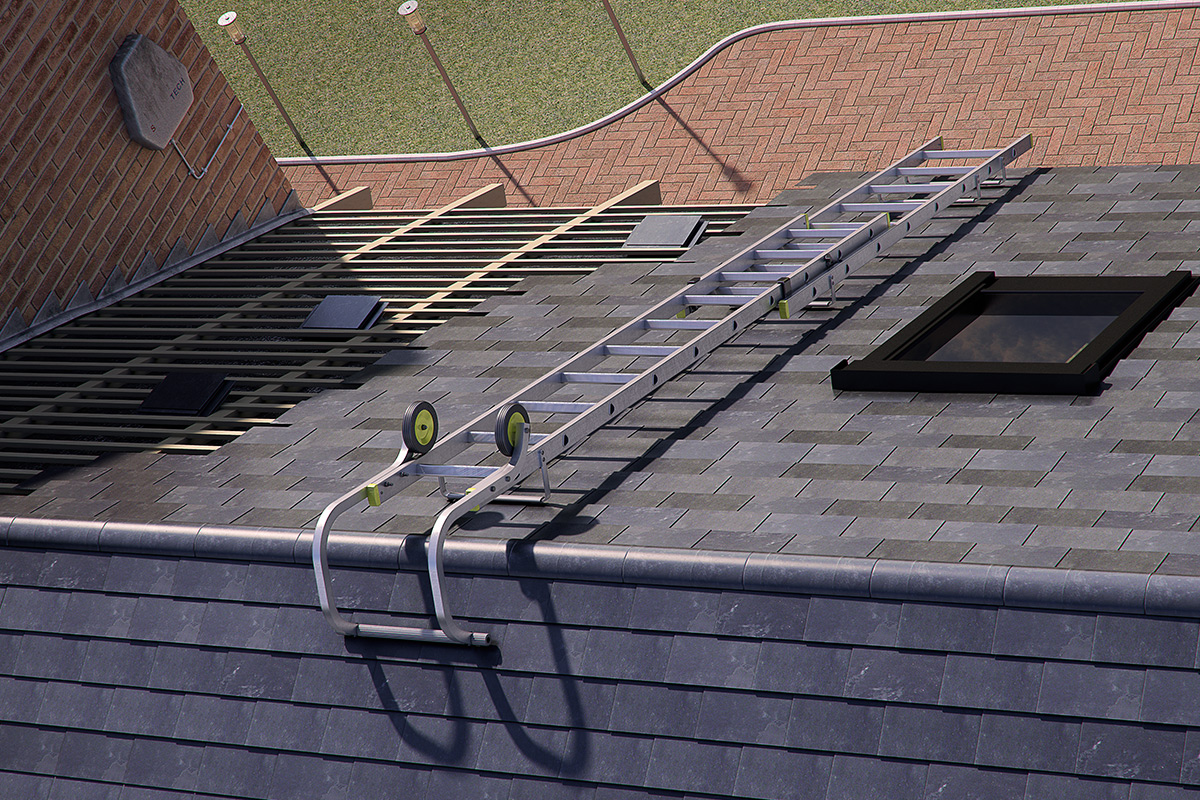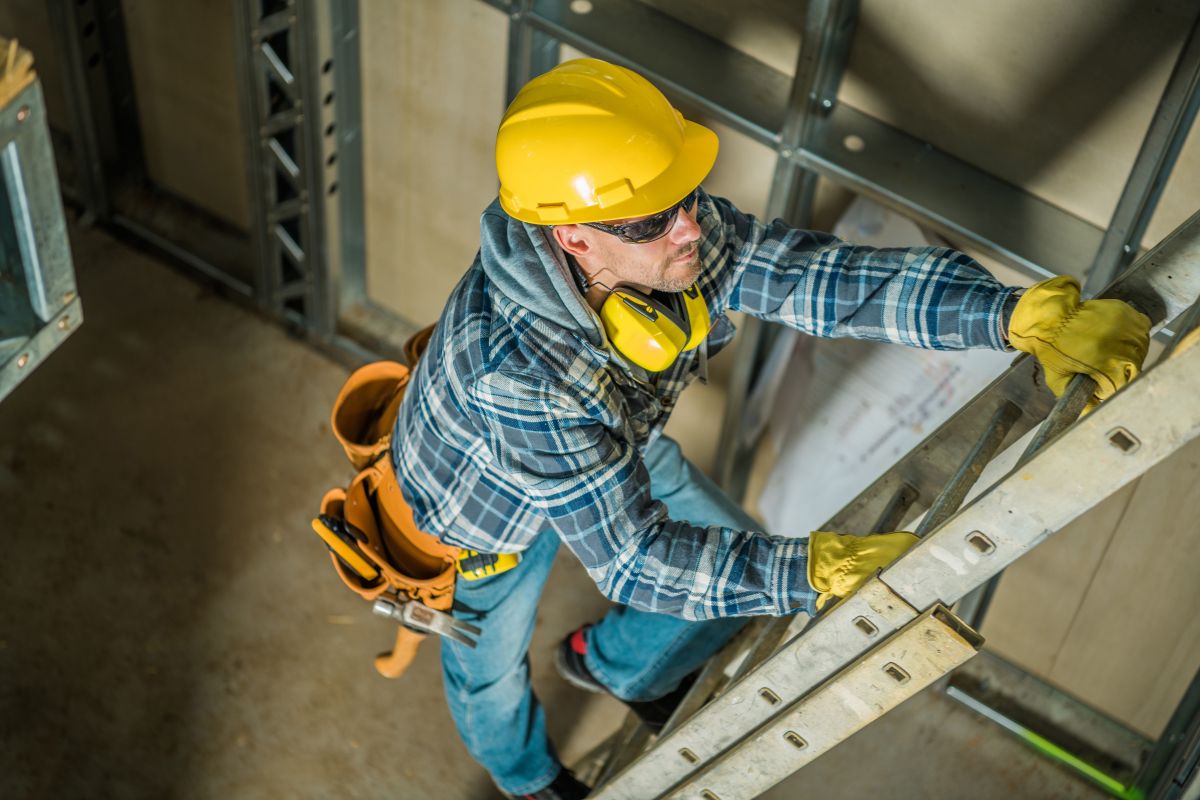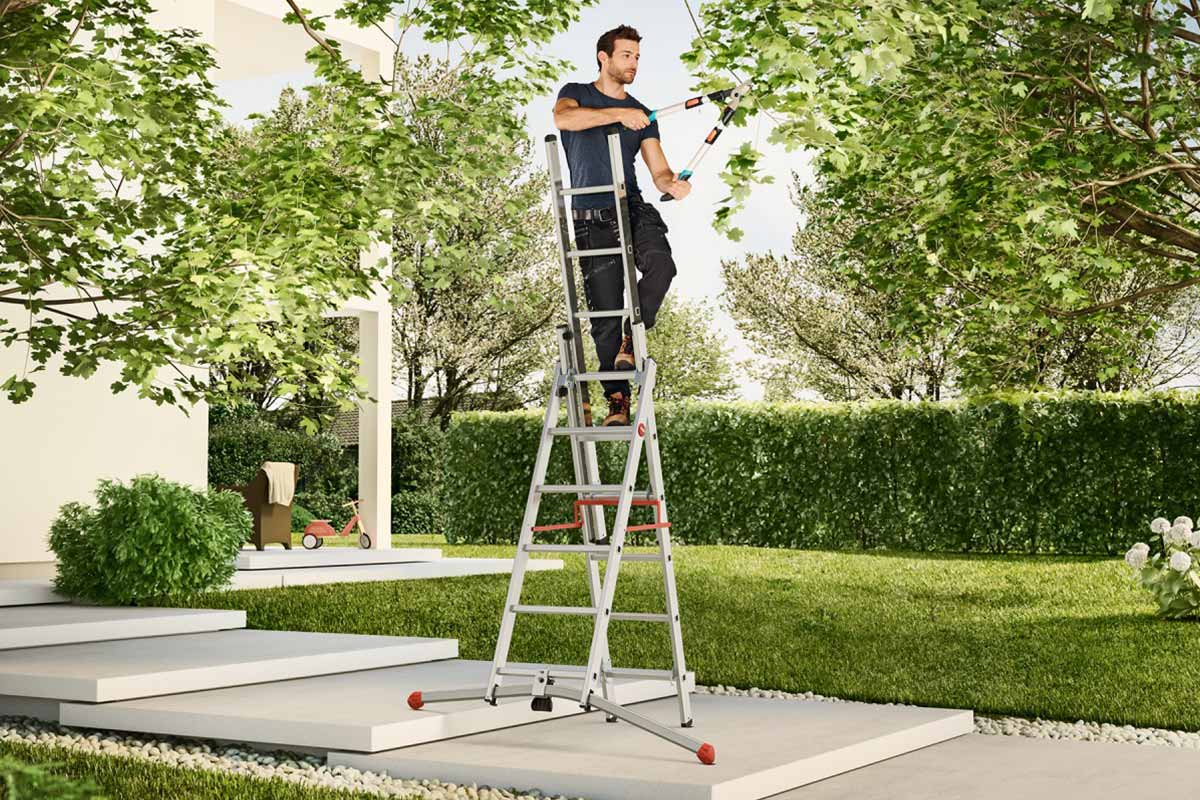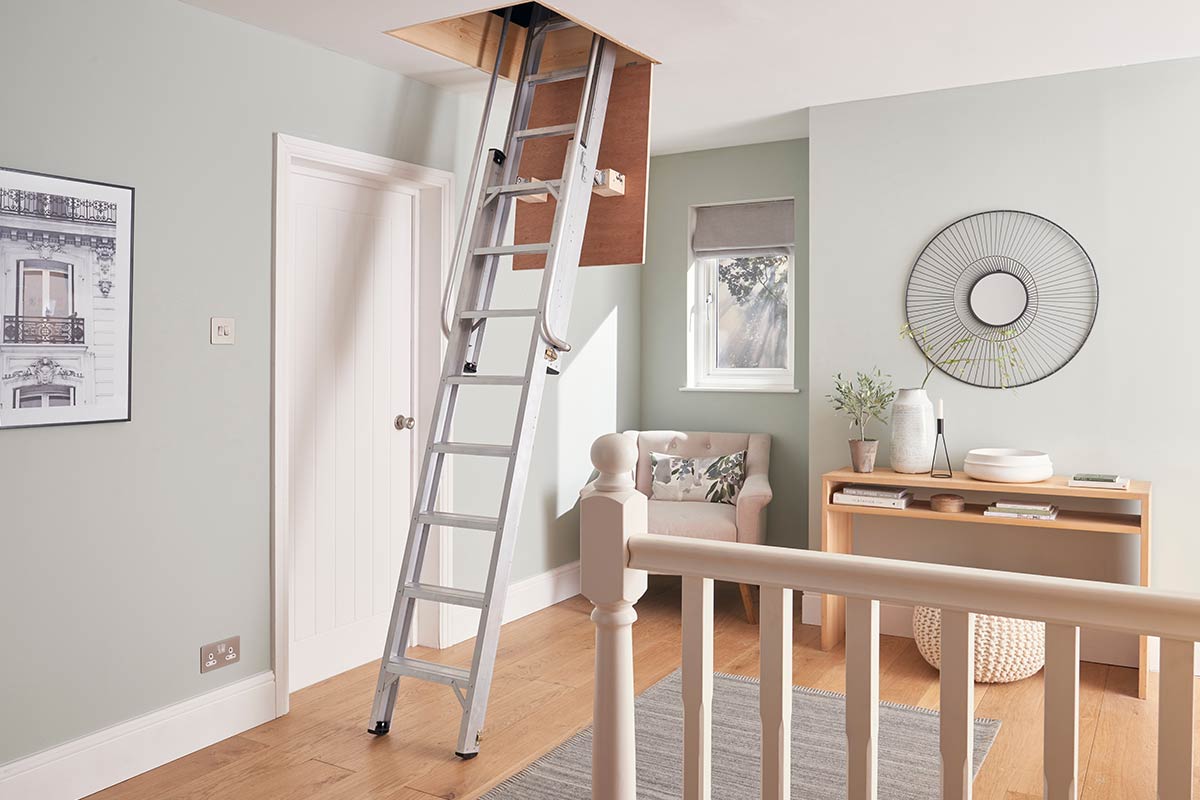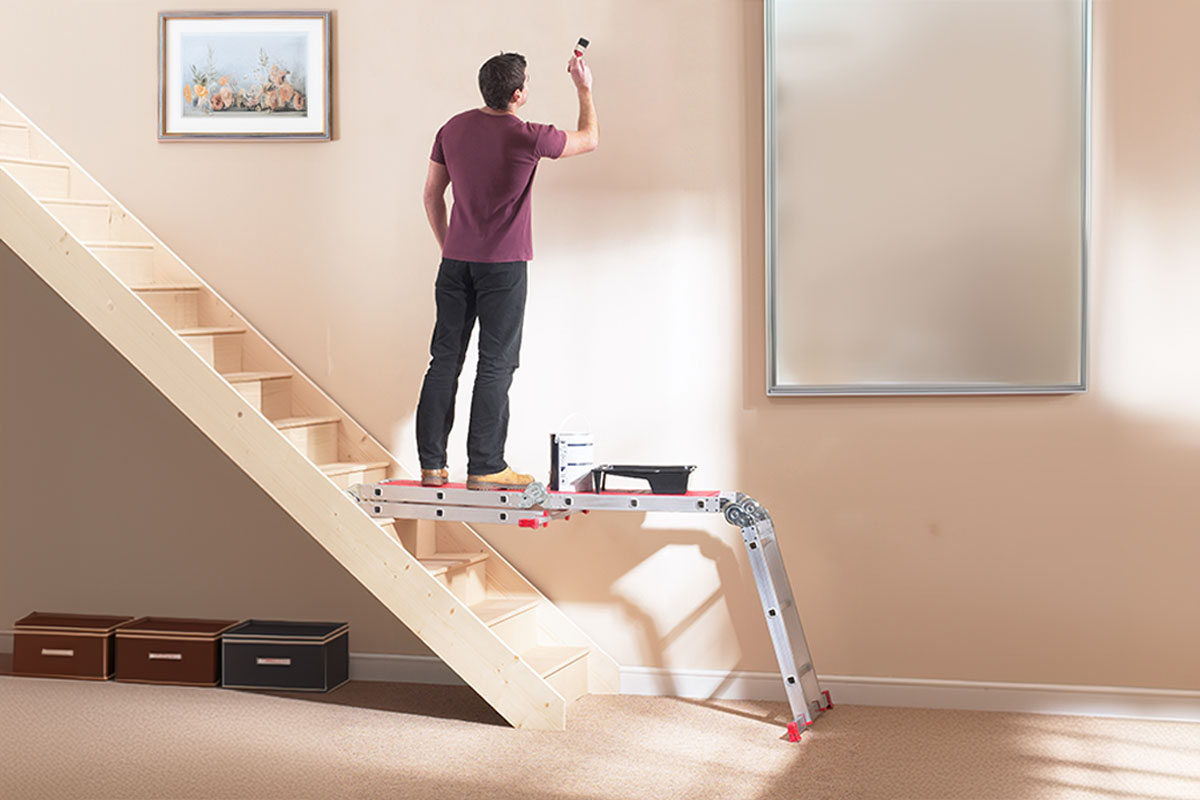3 Way or 5 Way Ladders: What Should I Choose?
January 14, 2025 | Nate Cord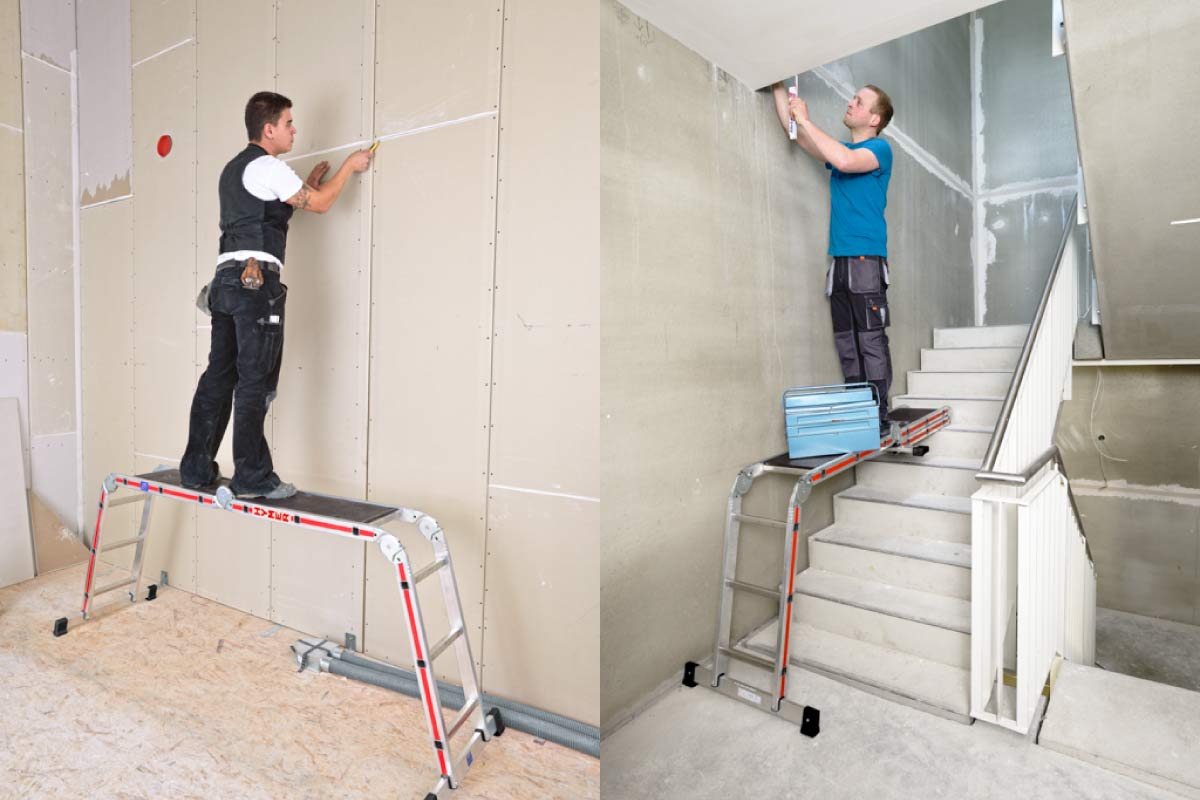
Whether you’re tackling the never ending DIY projects around your home or a professional in need of a reliable tool for high jobs, you’re going to need a ladder. And when choosing the right one, the decision will often boil down to factors like versatility, functionality, and pretty much how well it fits your specific needs.
Two popular options you’ll have come across the market are 3-way and 5-way ladders, which are two types of combination ladders, each offering unique configurations and benefits for different tasks.
But which one is right for you? In this blog, we’ll look at both 3-way and 5-way ladders in detail, breaking down their features, as well as their pros and cons, to ultimately help you determine which one is the right fit for your projects.
First things first…
What Exactly Is a Combination Ladder?
In short, a combination ladder is a versatile ladder that can be adjusted into a variety of different configurations. For example, it can be used as a stepladder, extension ladder, a single section and sometimes even a stair ladder.
This adjustable design makes it suitable for a variety of tasks, from painting walls to reaching high shelves, and they are often made from lightweight but durable materials like aluminum or fiberglass, offering the user both portability and strength.
As touched on above, two popular types of combination ladders are the 3-way and 5-way ladders. Let’s get to know them a little better…
What Is a 3 Way Ladder?
As it says in the name, a 3 way ladder is designed to offer three distinct configurations.
The three configurations include:
- Step ladder – When set in the step ladder mode, the ladder will form a stable A-frame, allowing the user to climb up and down the steps safely. This configuration is perfect for completing tasks like changing light bulbs or painting.
- Extension ladder – This ‘straight mode’ will turn the ladder into an extension ladder, providing the extra height needed for tasks such as cleaning gutters, windows or reaching high shelves.
- Stair ladder – A 3 way ladder can also turn into a staircase ladder, which adjusts for use on varying surface levels, such as a stairway. This is ideal if you need to complete any home improvement jobs above or around the staircase that you can’t comfortably reach yourself.
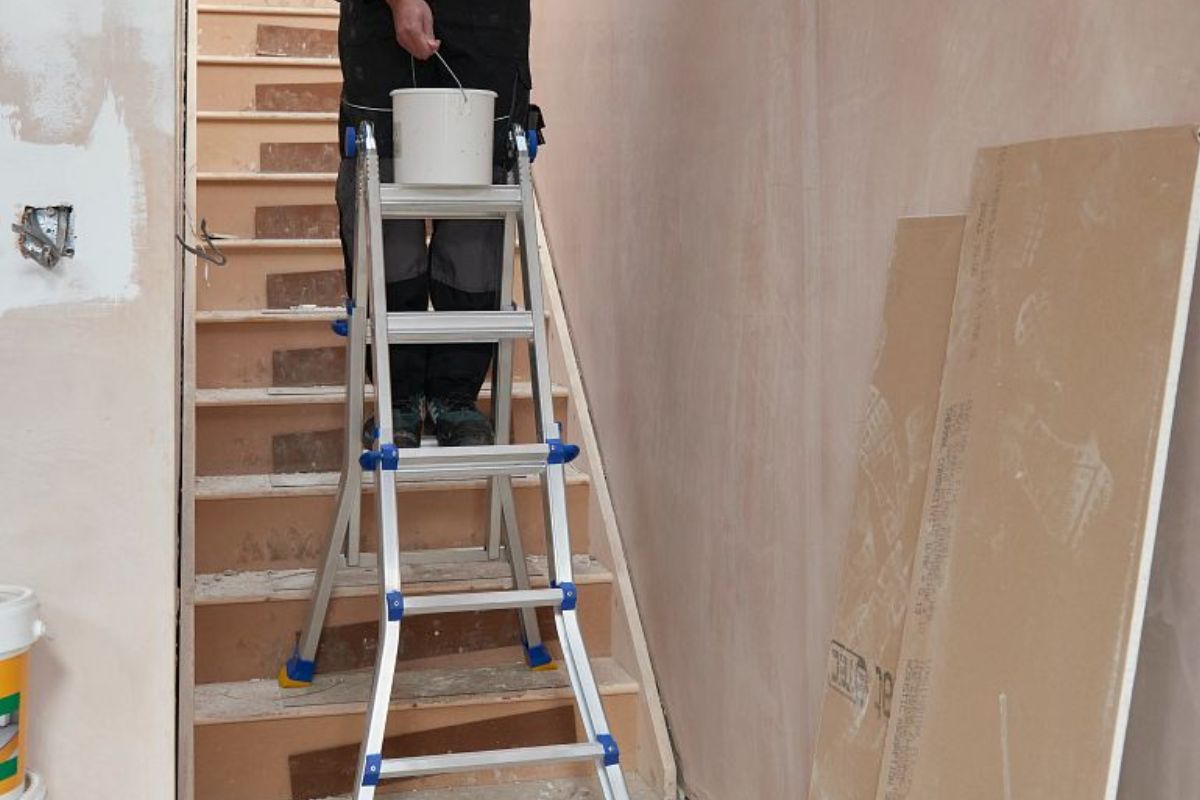
3-way ladders operate as 3 ladders in 1.
Pro’s of a 3-Way Ladder
There are many reasons why people opt for a 3 way ladder over their counterparts.
The main being its convenience and simplicity for DIY enthusiasts wanting a versatile tool for around the house. The three configurations mentioned above cover a broad range of applications, from painting walls to cleaning gutters, meaning you’ll be able to reach any household surface with ease.
This type of combination ladder is also lightweight and easy to transport, so users will have no problem carrying it around from one place to the next.
While it can act as 3 ladders in 1, it’s surprisingly compact, which is great as this means it takes up less storage space compared to larger, more complex ladders.
When it comes to affordability, the 3-way ladder is a generally more affordable option than more versatile models, making it a great option for those on a budget or those who don’t require the 2 added features of a 5-way ladder.
Some great examples of a reliable 3-way ladder are the Werner 3 in 1 Combination Ladder, the Krause Corda Triple Section Multi Purpose Ladder and the Little Giant King Kombo IHiViz industrial 3-in-1 Step & Ladders.
Con’s of a 3-Way Ladder
We wouldn’t say these points are con’s as such, rather just limitations, when compared to the 5-way ladder.
One limitation is that it lacks the extreme versatility offered by 5-way ladders. It doesn’t offer as many configurations, which may limit its usefulness if you’re looking for more specialised tasks. For example, you won’t have the option to use it as a work platform, which may be necessary for certain professional or construction-related jobs.
Another limitation is the height it can reach. While both 3-way and 5-way ladders can be configured into an extension ladder, the former is somewhat restricted compared to the latter, meaning it might not be suitable for particularly tall or high-reach projects.
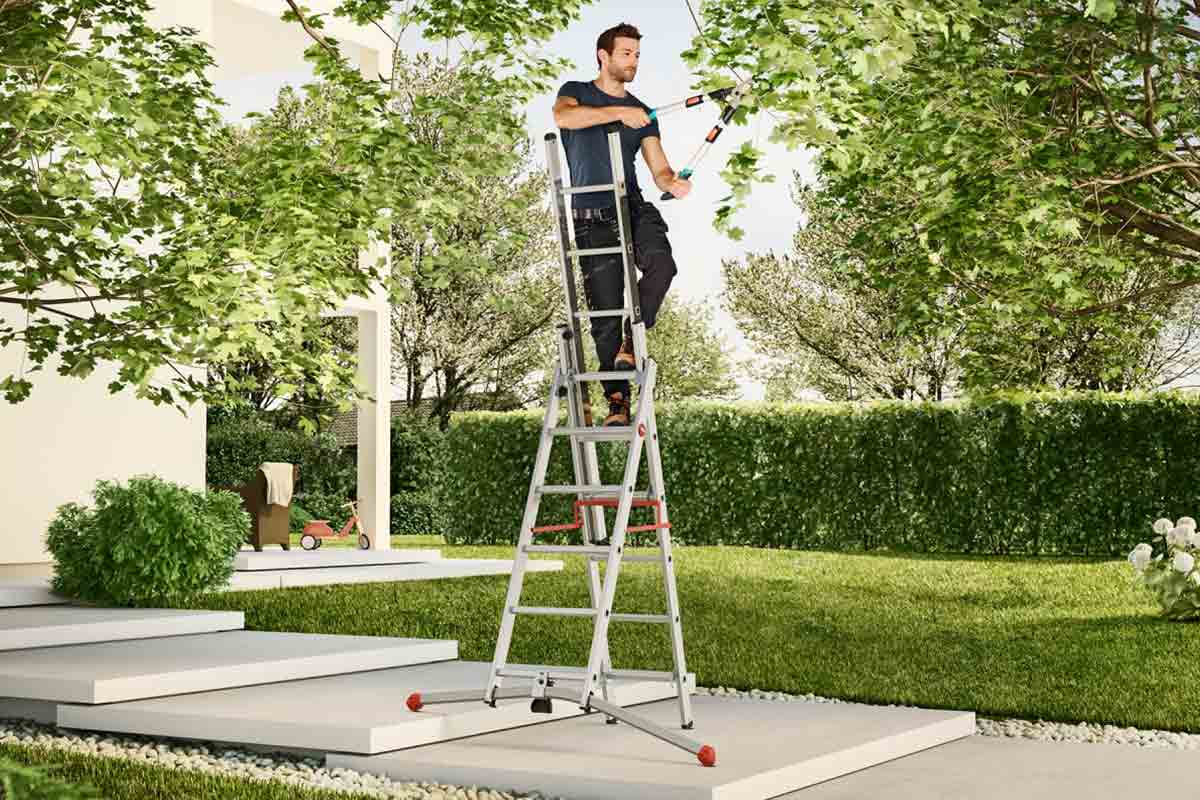
While the 3-way ladder might have its limitations, it is still an excellent option for those who need a simple, lightweight, and cost-effective solution for everyday tasks.
What is a 5-Way Ladder?
As you might have guessed by now, a 5-way ladder is designed to accommodate five different configurations, and used for both residential and professional purposes.
The five modes usually include the 3 configurations of a 3 way ladder (step, extension and stair ladder), as well as:
- Level platform – This can be set up to provide a stable work platform surface for tasks that require both hands, i.e. installing ceiling lights, drywall repairs, or working on a roof, where a steady base is essential for safety and precision.
- Stairwell platform – This configuration allows the ladder platform to adapt to uneven or sloped surfaces, making it ideal for working on stairways or other areas with irregular terrain.
Pro’s of a 5-Way Ladder
As you can tell the 5-way ladder is super versatile, and an excellent choice if you want a ladder that can handle a wide range of tasks. This flexibility will allow you to tackle everything from basic household DIY tasks to more demanding professional tasks like accessing high places, or using it as a makeshift scaffold for larger projects.
We mentioned this further up the blog but another benefit is that the height range offered by a 5-way ladder is typically greater than a 3-way, giving users more reach for taller tasks.
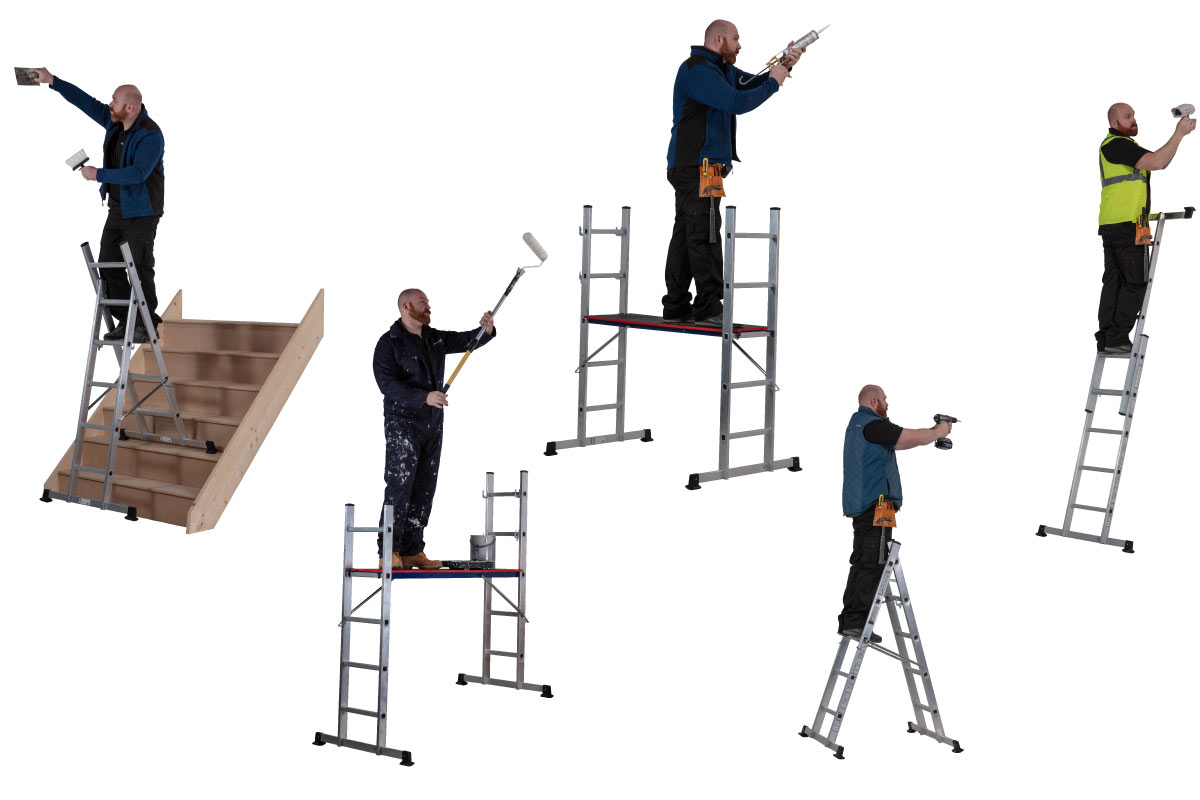
Many 5-way ladders come with enhanced locking mechanisms and robust construction, providing confidence and safety for more rigorous use.
At Ladders4sale, we stock a range of quality 5-way ladders, such as the Krause Corda 5 in 1 Combination Ladder Scaffold, the Werner 5 in 1 Combination Ladder with Platform and Little Giant Velocity Series 2.0 Multi-purpose Ladder.
Con’s of a 5-Way Ladder
While it boasts incredible versatility, the 5-way ladder does come with some drawbacks.
One of the most significant disadvantages is its bulk and weight, especially when compared to a 3-way ladder. You’ll often find that 5-way ladders are heavier and less portable, which, if you need to frequently transport the ladder throughout the day, can be pretty inconvenient.
With more features comes a higher price point, which, if you’re only looking for a ladder to help you complete general household tasks, may not justify the investment.
Both types of combination ladder have their own strengths, and the right choice really depends on your specific needs, how often you’ll be using the ladder and other things to keep in mind, like available storage space.
There we have it! We hope this blog has helped clarify the key differences between 3-way and 5-way ladders, making it easier for you to choose the right tool for your needs.
How We Can Help
At Ladders4Sale, we offer a range of ladders, platforms, steps, towers and accessories for all trade and DIY jobs at unbeatable low prices.
What’s more, all of our products come with lifetime support, so after your initial purchase, we continue to provide ongoing support and assistance for free. In addition to this, all orders come with free shipping to the mainland UK.
If you need expert advice, please don’t hesitate to contact us using this form or by calling us on 01639 849847 to speak with a member of our team. And for more tips and insights into the world of ladders, head over to our regularly updated ladder blog, written by our experts.
Be the first to know the latest industry news and offers

